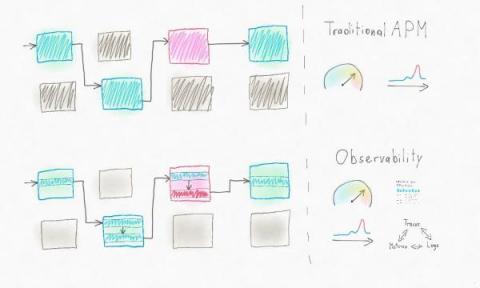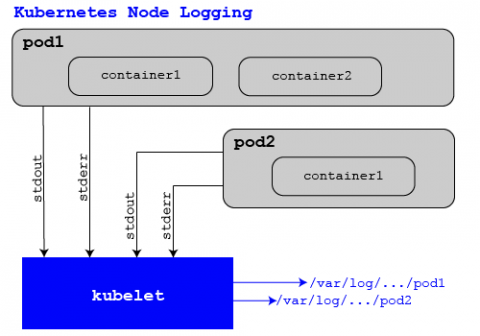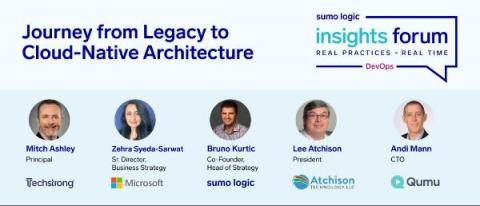The role of APM and distributed tracing in observability
Application performance management (APM) and distributed tracing are practices that many teams have been using for years to help detect and mitigate performance issues within applications – while the first one was born in the era of big single-host monoliths, the latter is especially useful for distributed applications that use a microservices architecture, in which tracing is critical for pinpointing the source of performance issues.











